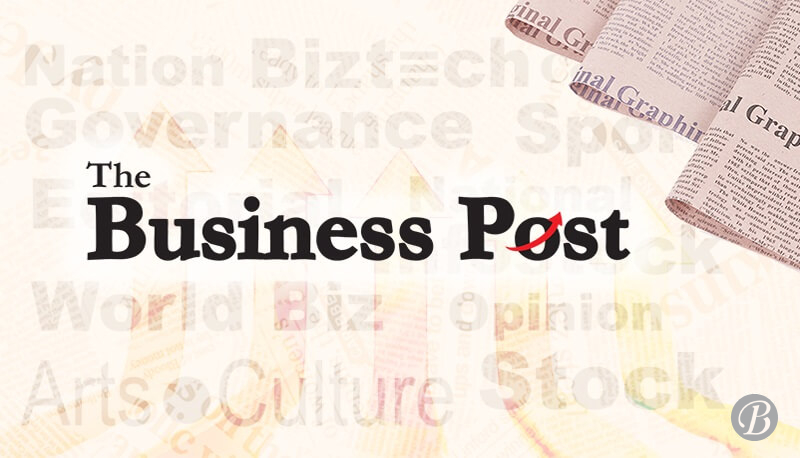Home ›› 14 Feb 2022 ›› Editorial

Brand awareness is a marketing term that describes the degree of consumer recognition of a product by its name. Creating brand awareness is a key step in promoting a new product or reviving an older brand. Ideally, awareness of the brand may include the qualities that distinguish the product from its competition.
Products and services that maintain a high level of brand awareness are likely to generate more sales. Consumers confronted with choices are simply more likely to buy a name brand product than an unfamiliar one.
Consider the soft drink industry. Removed from their packaging, many soft drinks are indistinguishable. The giants in the industry, Coca-Cola and Pepsi, rely on brand awareness to make their brands the ones consumers reach for. Over the years, these companies have employed advertising and marketing strategies that have increased brand awareness among consumers, and that has directly translated into higher sales.
This higher rate of brand awareness for dominant brands in a category can serve as an economic moat that prevents competitors from gaining additional market share.
Not surprisingly, companies are now spending a great deal of energy promoting brand awareness on these platforms. This has led to new forms of promotion in which consumers themselves generate discussions about products and services that they like and use. Targeted ads on Facebook and Instagram account for a large majority of brand awareness tactics used, especially among Millennial and Gen Z audiences.
Inevitably, consumers also share unfavorable experiences, and marketers are adapting to that reality. It has become crucial for a company to respond to negative reviews and offer a solution to the customer's problem, in real-time.
But as consumers view and interact with social media posts and updates, brand awareness will increase. For brand awareness to be most productive, consumers should be able to connect to the company's website seamlessly from the social media platform.
Print media is not the force it once was, but there are still consumers who read newspapers and magazines. Advertisements placed strategically, such as in targeted locations in the appropriate section of a newspaper or in specialized publications, can attract the viewer’s attention and create brand awareness.
For example, a new company that will be trading on the forex (FX) may advertise in a magazine that focuses on global trade and currencies in order to create brand awareness among investors.
Advertising in physical locations such as inside stores is also used to create brand awareness. Impulse purchase products are well-suited for in-store distribution and advertising. A company marketing a new candy bar may distribute the product at a point-of-sale (POS) location to create brand awareness.
Investopedia